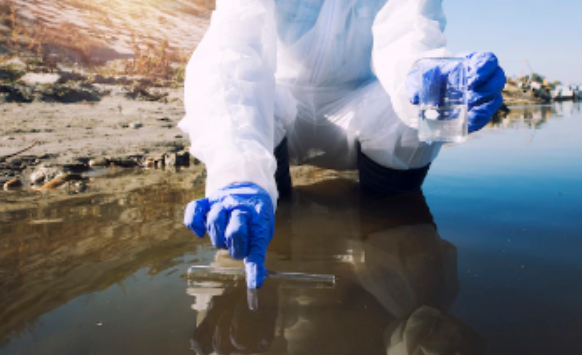When water gets loose in your home, it’s reasonable to want it cleaned up. But before you grab a mop and a bucket, you need to know if the water you’re dealing with is safe for you to address. Some water damage needs specialized training and tools. Not having those tools can get your family sick due to bacteria and other disease carriers living in the water.
It makes a lot of sense that some types of water damage would be more dangerous than others. However, it’s not always obvious where your situation sits if you don’t know what to look for. To help clear that up, water damage is broken down into 3 levels of contamination.
Listed down below are those 3 levels of water damage. That way you know when it’s time to call an expert.

Faulty water main lines, leaks or overflows in bathtubs, kitchen sinks, or appliance malfunctions are all categorized as category 1 damage. Category 1 refers to clean water and poses very few health risks due to the absence of bacteria.
Whenever you have water damage, you need to act fast to prevent further harm. Damage that occurs in a category 1 event can develop into a category 2 situation as bacteria grows.
Gray water comes from clean toilets, dirty dishwashers and washing machines, sump pumps, and aquariums. Bacteria that may or may not be harmful are present in this water and proper cleaning and disinfection are necessary to prevent further bacteria overgrowth.
Category 3 water damage is the worst-case scenario. It contains bacteria and pathogens that are incredibly harmful to humans, animals, and the environment. Black water comes from broken main sewer lines, raw sewage, soiled toilet bowls, rising floodwaters, seawater, and storm surges. Category 3 water damage should always be handled by professionals that have the proper protective equipment.
Finding a toxic waste cleaning company is vital if you're dealing with Black Water. Take the time to check reviews and ask around to find a company you can trust. But remember that the longer you take, the more the damage can spread.